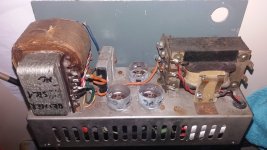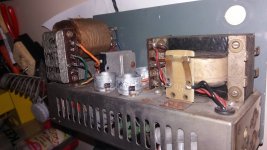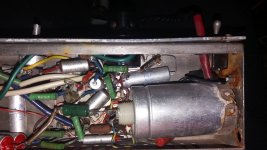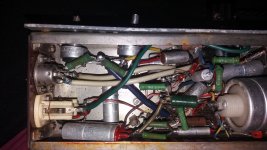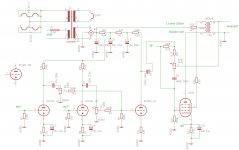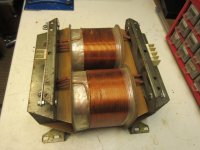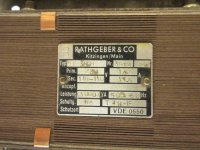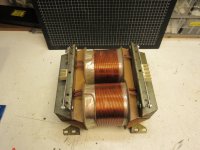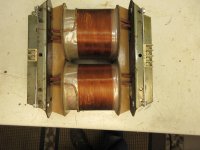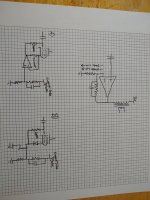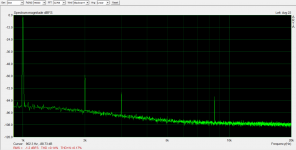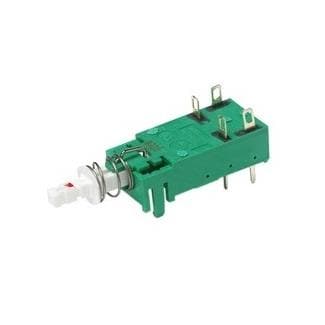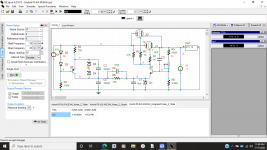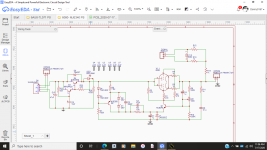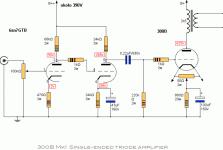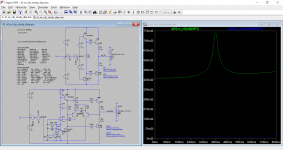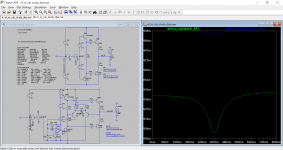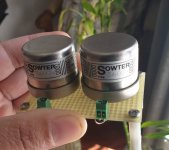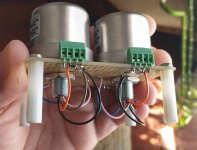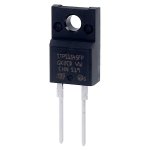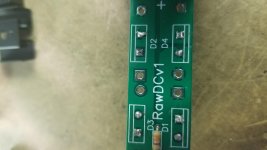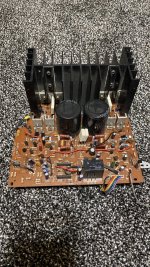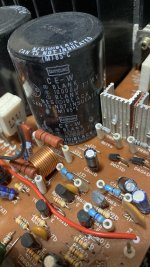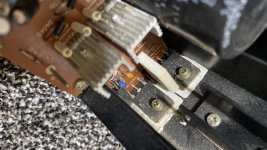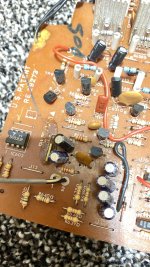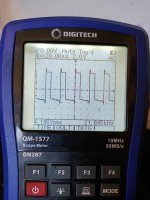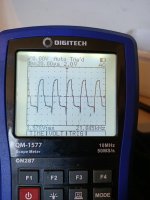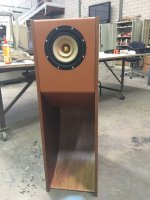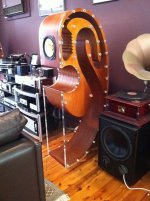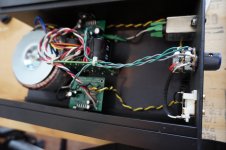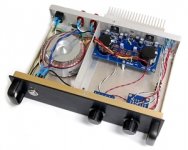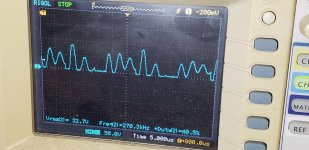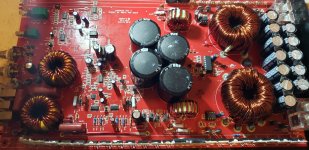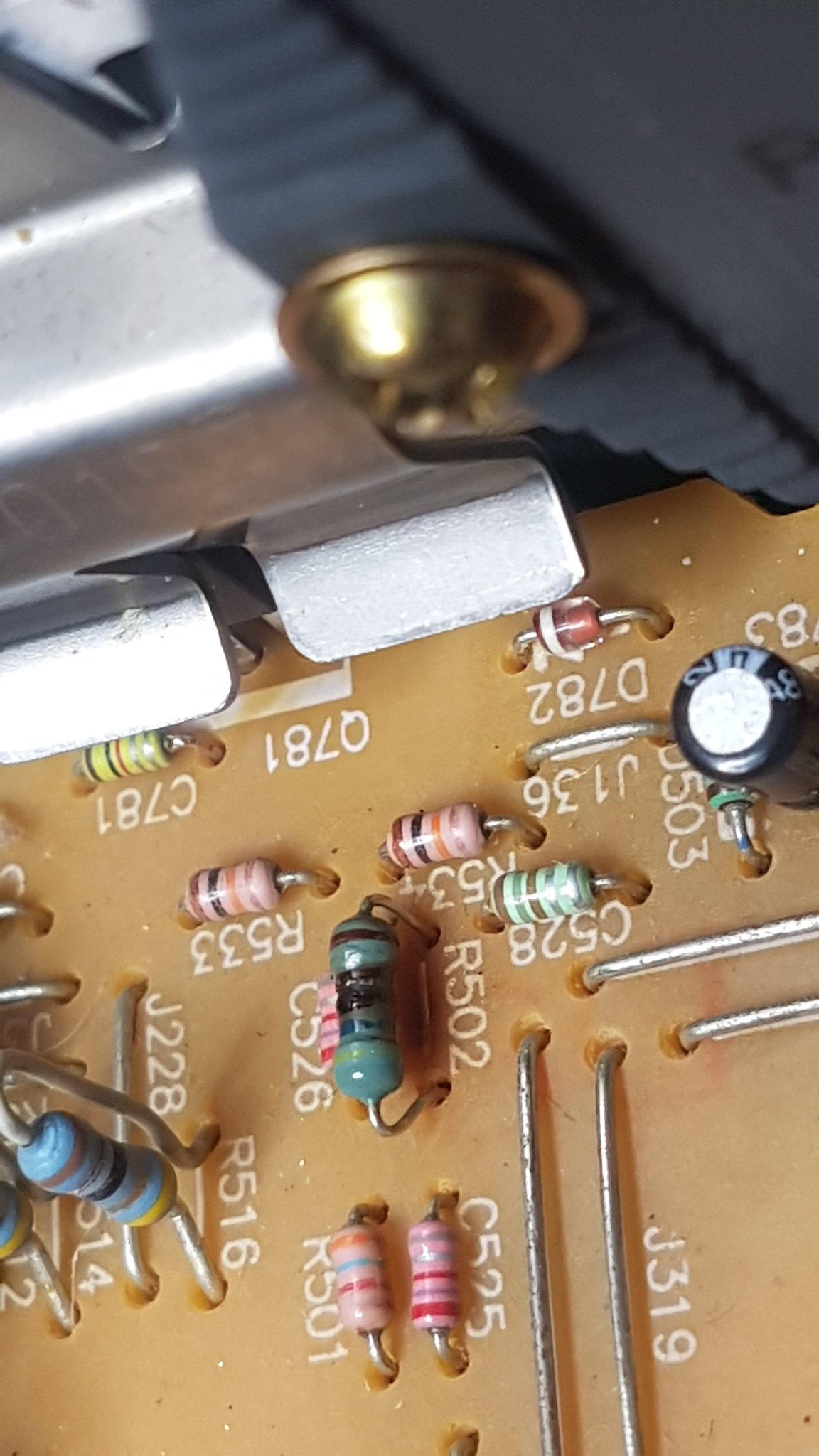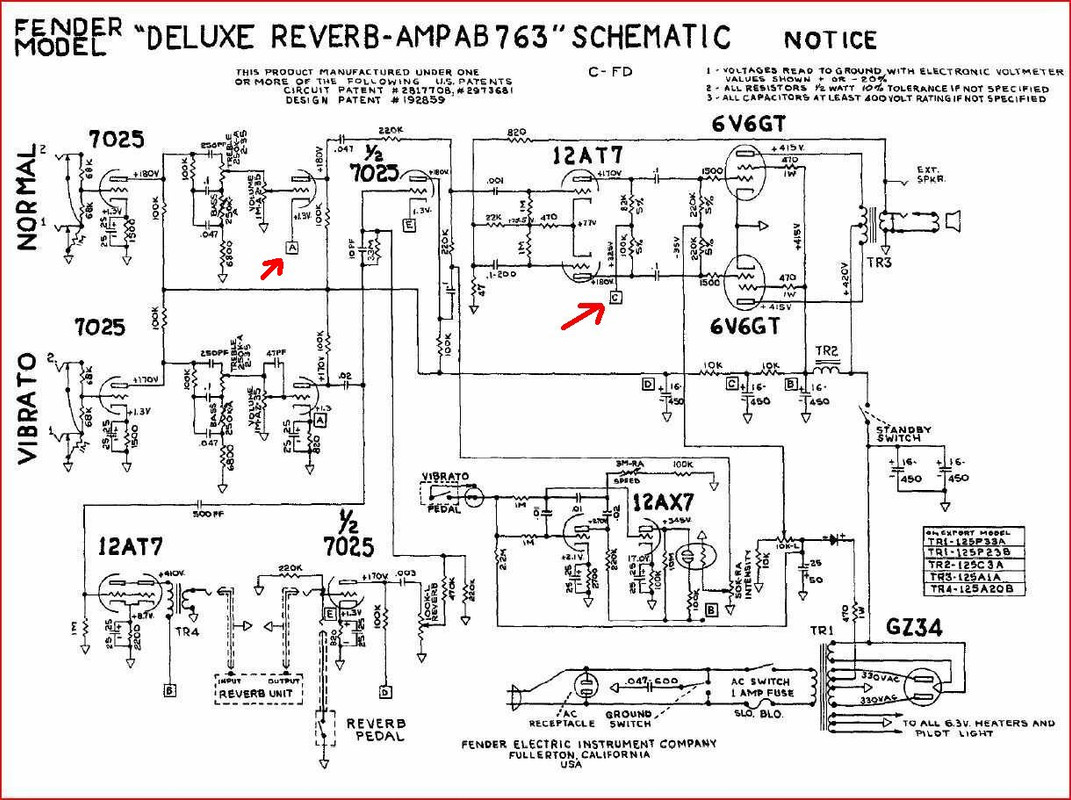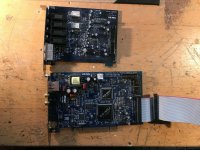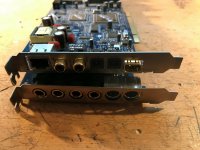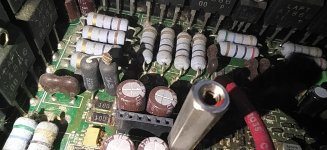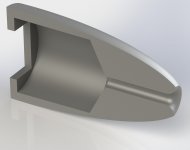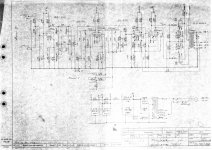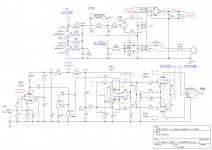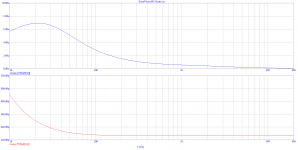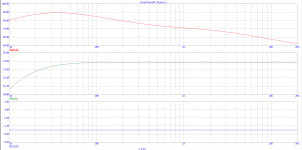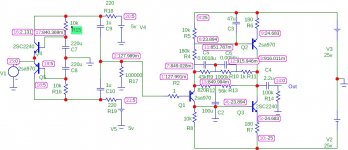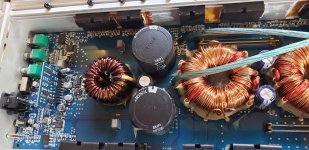Working on the audio portion of my new amateur radio transmitter, it's basically a 70W class AB1 audio amplifier so I figure I'll let the audio guys have a look and see what improvements I can make. Radio guys are generally very securely in the "that's good enough" range of audio, but many times it just isn't and causes problems later.
That said-this is not a hi-fi design! Once the basic concept is established as not immediately going to melt into slag (the circuit presented here does not and actually works OK at the 45 watt power levels I've tested at) I need to limit the frequency response. I don't have a big enough 10K ohm resistor to properly load the secondary winding beyond 45W for more than a few seconds at a time.
Now, even though the desired frequency response is 100hz-10Khz, I've made little attempt at limiting the bandwidth so far. I am very open to suggestions on:
How to limit the bandwith, restricting it to 100hz-10Khz range
How to best apply some negative feedback around the whole amplifier. I've never been particularly good at making this decision.
Now, for the details:
The 807's are running 600V anode and 300V on the screens, and -32v fixed bias on the grids. They can provide a maximum of 72W of power to the modulation transformer primary, and operate in class AB1...lots of class B but still AB1. Plate dissipation is not being violated at the idle conditions, and short of a key-down single tone test for tens of minutes (not realistic) they'll be fine.
The modulation transformer will provide between 8.4K to 9.1K plate-to-plate load for the 807's. It was actually designed for a military transmitter that used 807's as the modulator tubes. The operating point was taken from the original schematic and backed off a bit.
The 6BL8 input circuit is a very nice low-distortion design modified from an RCA 50W audio amplifier but it was designed for a 25v output swing. I have not gone through and checked the distortion at the 32 volt output level nor made allowances for the increased drive needed.
The modulation transformer is as follows:
807's drive a 8.4K centertapped primary winding
The secondary winding is a 10K winding designed to carry 130mA of standing RF current.
The tertiary winding is a 1000 ohm centertapped winding that provides modulated screen supply voltage from the centertap to one leg, for the RF final. The other half of this winding could be used as a negative feedback source, but it will be biased at +250 to 300v, with a voltage swing of 206 volts peak-to-peak.
Thanks any suggestions!
